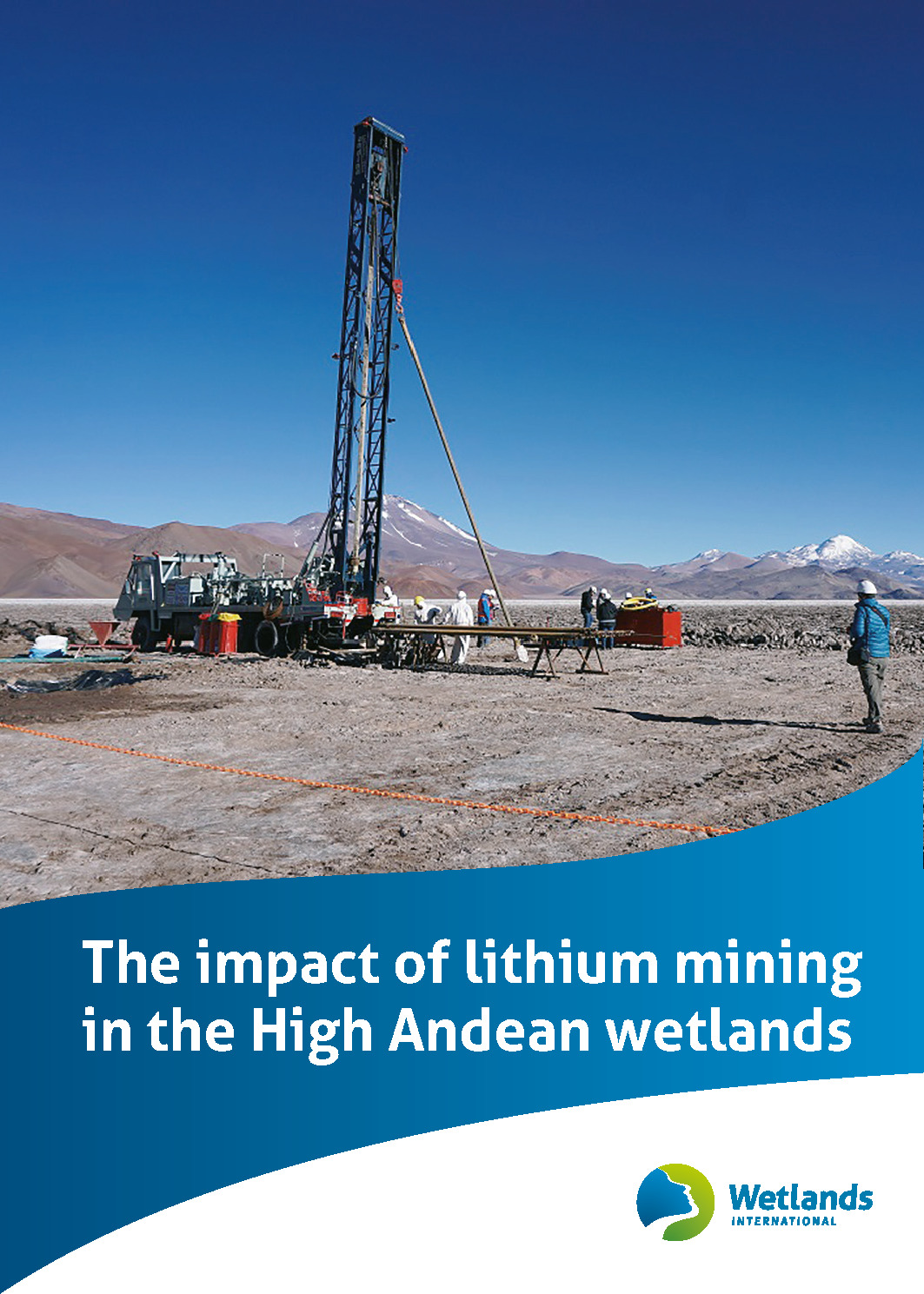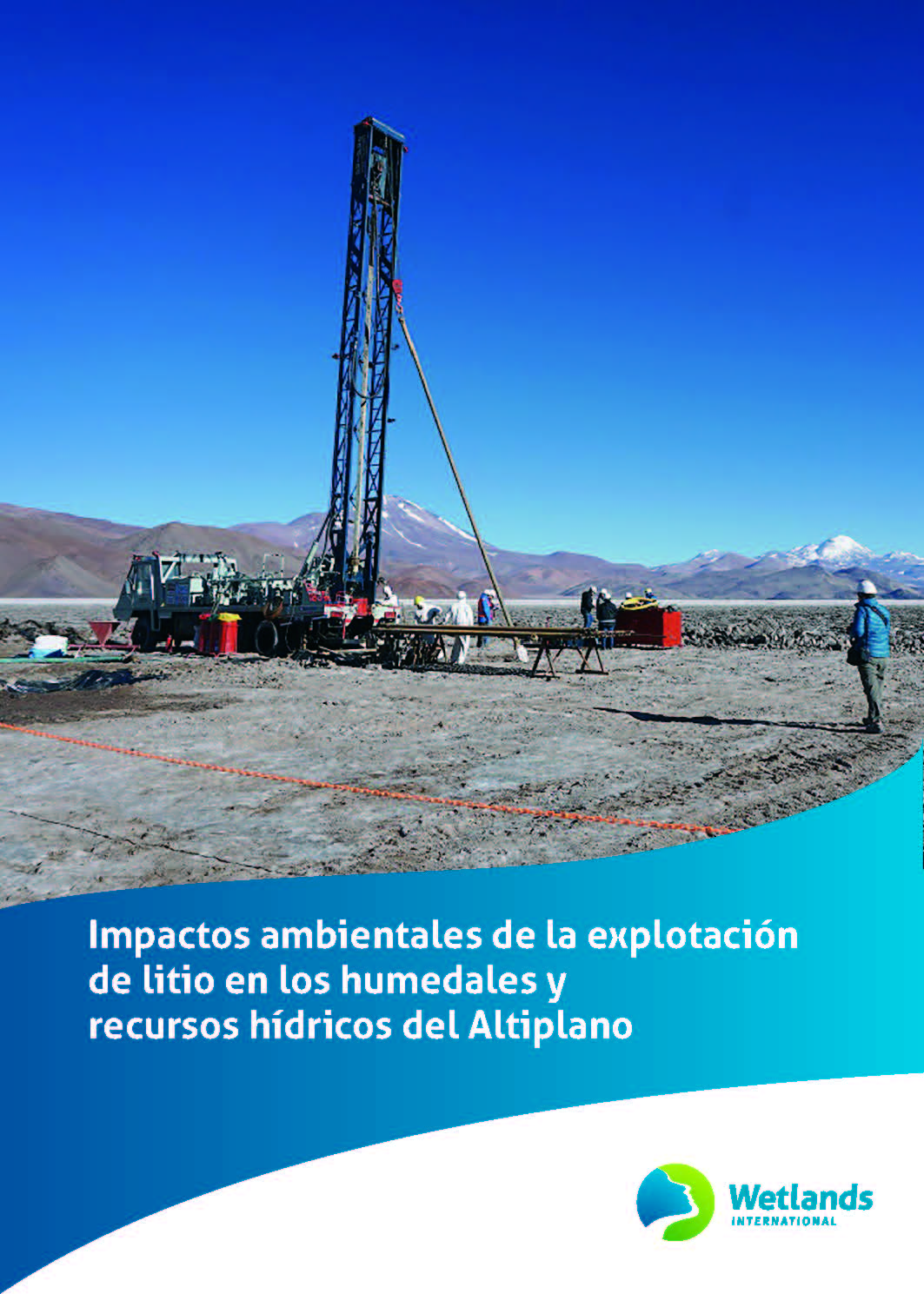
The impact of lithium mining in the High Andean wetlands
The energy transition towards more sustainable technologies is fueling the growing worldwide demand for lithium, this poses a key challenge: how to reconcile the need for natural resources extraction with the preservation of the environment and the rights of local communities in the High Andean wetlands.
Lithium has traditionally been used for manufacturing glass and ceramics, as well as lubricants, medicine, and metallurgy. Lithium has experienced recent exponential growth in the electronics industry because it is a highly sought mineral used to make rechargeable cellphone batteries, computers, and also electrical and hybrid cars.
Lithium has become a strategic mineral due to the rapidly accelerating energy transition towards more sustainable technologies. The European Commission estimates that lithium demand will increase by a factor of 18 by 2030, and by a factor of 60 by 2050. The largest potential lithium reserves are in the High Andean salt flats: 68% of the world’s lithium is located in a region known as the “Lithium Triangle”, which spans the borders of Argentina, Bolivia, and Chile.
The energy transition towards more sustainable technologies poses a key challenge: how to reconcile mining with a healthy environment and the rights of local communities.
At Wetlands International we are working to conserve the High Andean wetlands. In our report “Environmental impact of lithium exploitation on wetlands and water resources in the Andean Plateau,” we set out to obtain technical evidence of the negative impact of lithium extraction from salt flats in the Puna and High Andean ecoregions of Argentina, Bolivia, and Chile.
Lithium extraction, and the evaporitic technology, in particular, entails an enormous loss of water and leads to freshwater salinization. For the fragile High Andean wetlands, this is a huge threat. Located in the heart of the Andean mountains at over 3,000 meters, these ecosystems are incredibly important to the local economies: they are a source of cattle pasture, food, and fresh water for local communities, provide sustenance for unique biodiversity, and represent an invaluable cultural heritage.
Together with other environmental organizations, such as YUCHAN (Yunga, Chaco y Andes) and FARN (Fundación Ambiente y Recursos Naturales), the program “Saving High Andean Wetlands for People and Nature” is working to promote more responsible mining practices. Our goal is to strengthen communities, generate local awareness, and raise interest within the industry and in the local and national government to assist them in drafting environmental legislation, as well as in their ability to enforce it.


